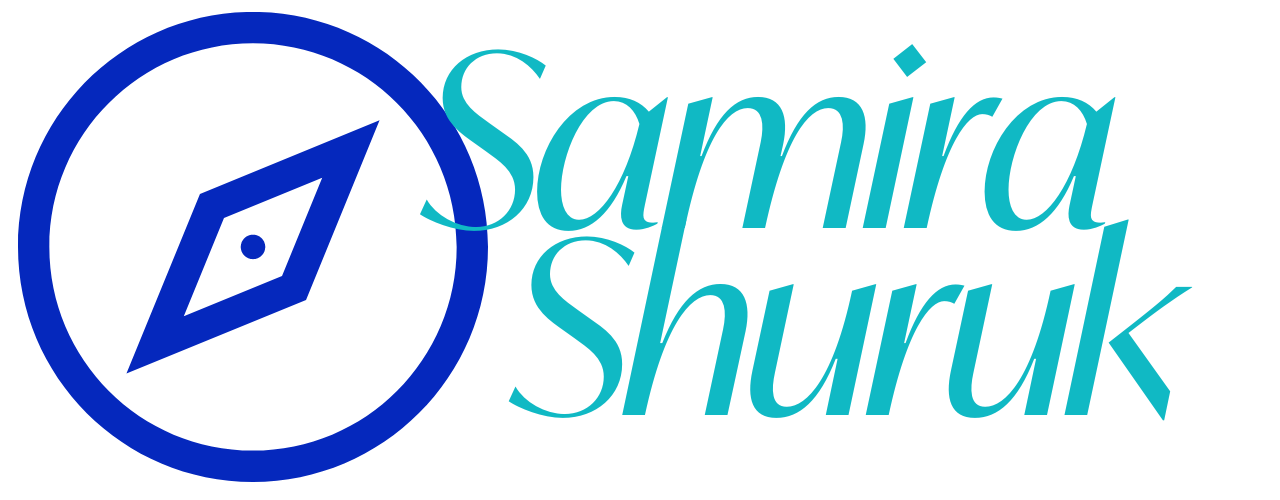The Secrets of Your Deep Core: Beyond Basic Abs
Are you tired of crunches that don't seem to work? Frustrated by a stubborn pooch that won't budge? You're not alone. As a Pilates and Mobility Stretch instructor, I've seen countless students struggle with their core strength, often because they're focusing on the wrong muscles. Today, we're diving deep into the world of abdominal muscles you might not even know you have – and how working them correctly can transform your core.
The Hidden Hero: Your Transverse Abdominis
Imagine having a natural corset wrapped around your midsection, pulling everything in tight. That's essentially what your transverse abdominis (TVA) does when it's working properly. This deep abdominal muscle is often overlooked in favor of the more visible "six-pack" muscles, but it's crucial for holding your organs in, lower back, hip and knee stability, balance, and overall strength.
How to Engage Your TVA: Compression Breathing
One of the most effective ways to activate your TVA is through a technique called Compression Breathing. Here's how to do it:
Lie on your back with your knees bent and feet flat on the floor.
Place your hands on your lower abdomen.
As you inhale, feel your longs fully expand, along with your diaphragm.
As you exhale, gently draw your navel towards your spine to engage the TVA, while also engaging your pelvic floor muscles (think of stopping the flow of urine).
Maintain this gentle tension in your TVA and pelvic floor as you continue to breathe.
This technique not only strengthens your deep core muscles but also improves posture and can help alleviate lower back pain. We go into much more detail in classes and then also practice stability challenging exercises to strengthen your TVA even more.
The Oblique Dilemma: When Less is More
You might think that working your obliques (the diagonally running muscles around the sides of your abdomen) is always a good thing. But here's a surprising fact: overactive obliques can sometimes do more harm than good, especially if you're dealing with diastasis recti or pelvic floor issues.
Understanding Coning and Doming
Have you ever noticed a ridge or dome-like shape along the midline of your stomach during certain exercises? This phenomenon, known as coning or doming, is often a sign of diastasis recti – a separation of the abdominal muscles that's common after pregnancy or due to muscle imbalance. It can also simply be genetics.
Interestingly, engaging your obliques too aggressively can actually make this separation worse by pulling the vertical rectus abdominal muscles further apart. That's why in my classes, we have a modification for people who need it and we learn how to temporarily limit oblique engagement to allow for better activation of the TVA while preventing pulling apart the rectus abdominals. In several of my students we have succeeded in knitting the rectus abdominals back together.
Finding Your Abdominal Balance
The key to a strong, stable core isn't about working one muscle group to exhaustion – it's about creating balance. Here are some tips to help you achieve that:
Focus on the TVA: Start with learning compression breathing exercises to strengthen your deepest abdominal layer, and work “stability” exercises before working torso curling exercises.
Be mindful of oblique engagement: While side bends and twists have their place, be careful not to overdo it, especially if you're prone to coning.
Don't forget your pelvic floor: These muscles work in tandem with your TVA. Kegel exercises can help strengthen them. In my classes we use both the front and back pelvic floor muscles.
Practice proper form: In stability exercises, focus on maintaining a comfortable neutral spine (which changes with pelvic position changes) and avoid excessive arching or rounding of your back.
Listen to your body: If an exercise causes bulging along your midline, utilize the oblique limiting technique I teach while actively focusing on TVA engagement AND modify the move by laying your upper body down, or limiting the lower body range of motion. Continue with this for at least two months until your TVA gets stronger and your mind-body connection builds with your TVA.
The Road to a Stronger, More Balanced Core
Remember, building a strong core is a journey, not a destination. It takes time, patience, and consistent practice to retrain these deep muscles. But the benefits – improved posture, reduced back pain, better balance, better overall strength, and yes, a flatter tummy – are well worth the effort.
Whether you're recovering from pregnancy, dealing with diastasis recti, or simply looking to improve your core strength, focusing on these often-overlooked muscles can make a world of difference. So the next time you're tempted to do a hundred crunches, try some compression breathing instead. Your abs (and your back) will thank you!
If you are dealing with a long-term issue, remember to always check with your doctor first. Some people will benefit from physical therapy or pelvic floor physical therapy if they are experiencing diastasis rectii.
Ready to dive deeper into core strength and overall mobility? Join one of my Pilates or Mobility Stretch classes, where we'll explore these concepts and more in a supportive, hands-on environment. Your journey to a stronger, more balanced core starts here!
